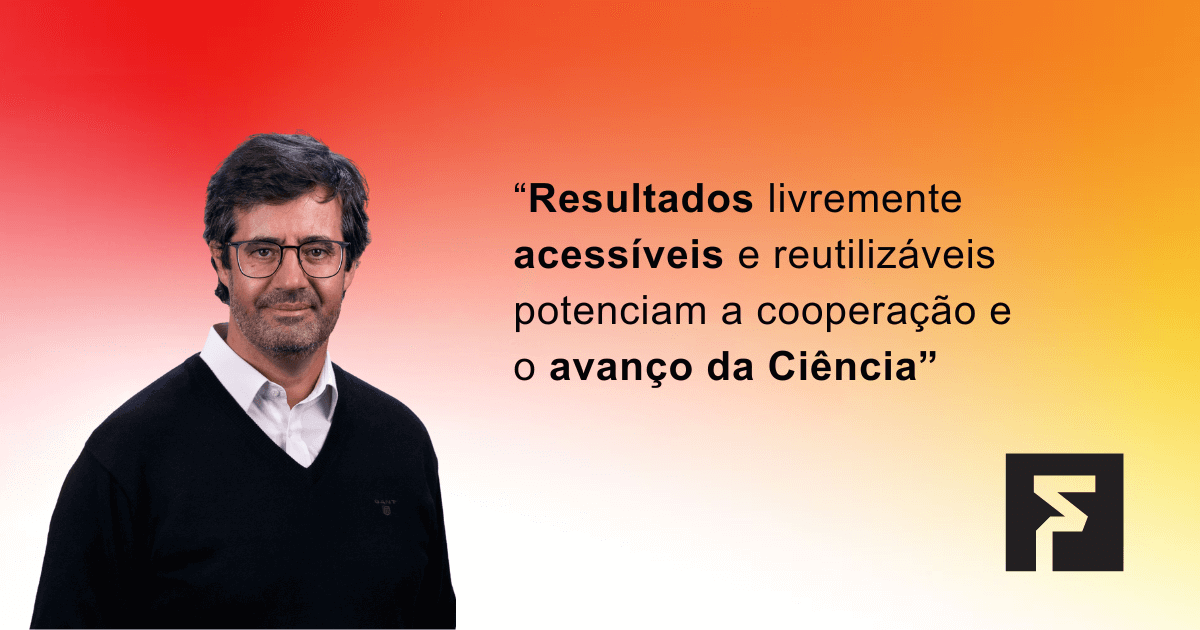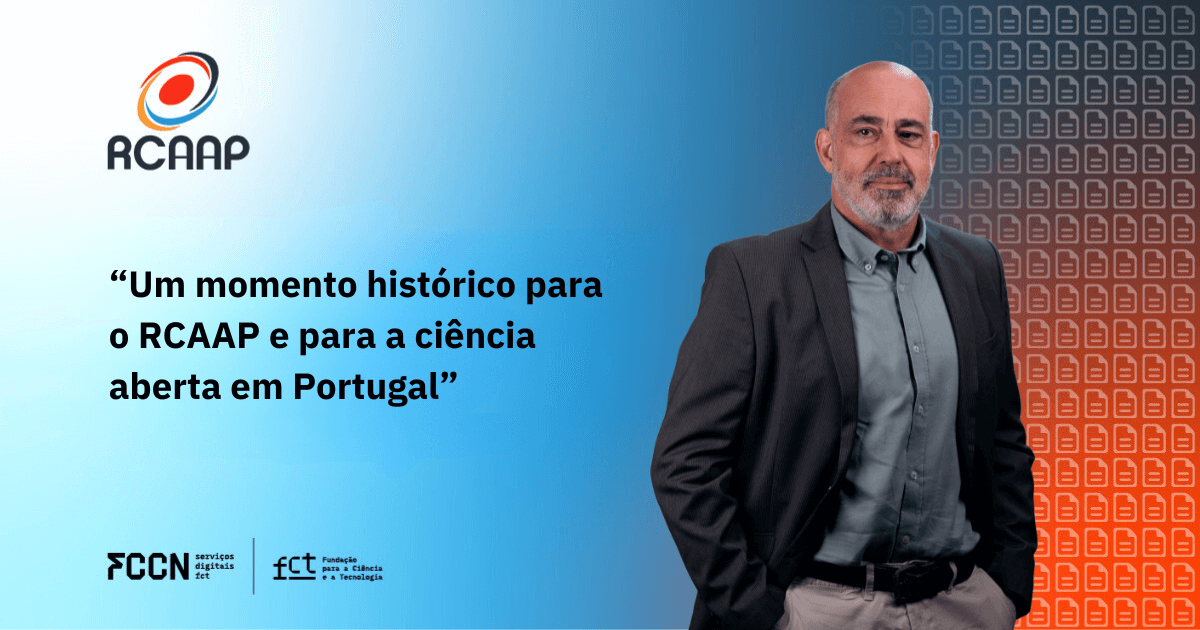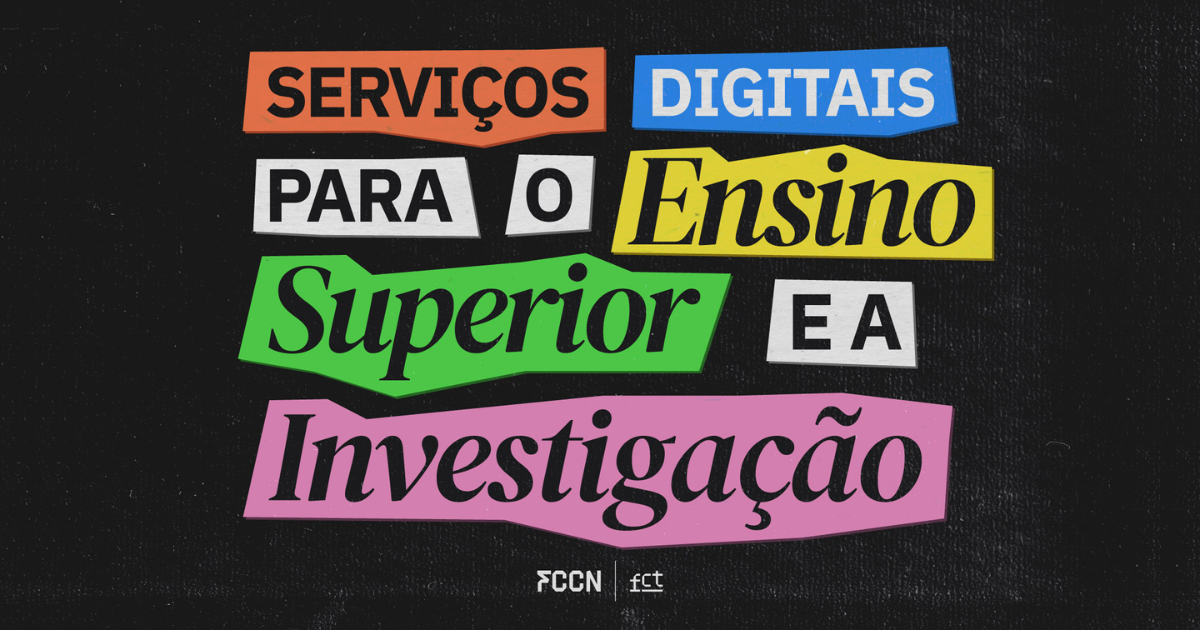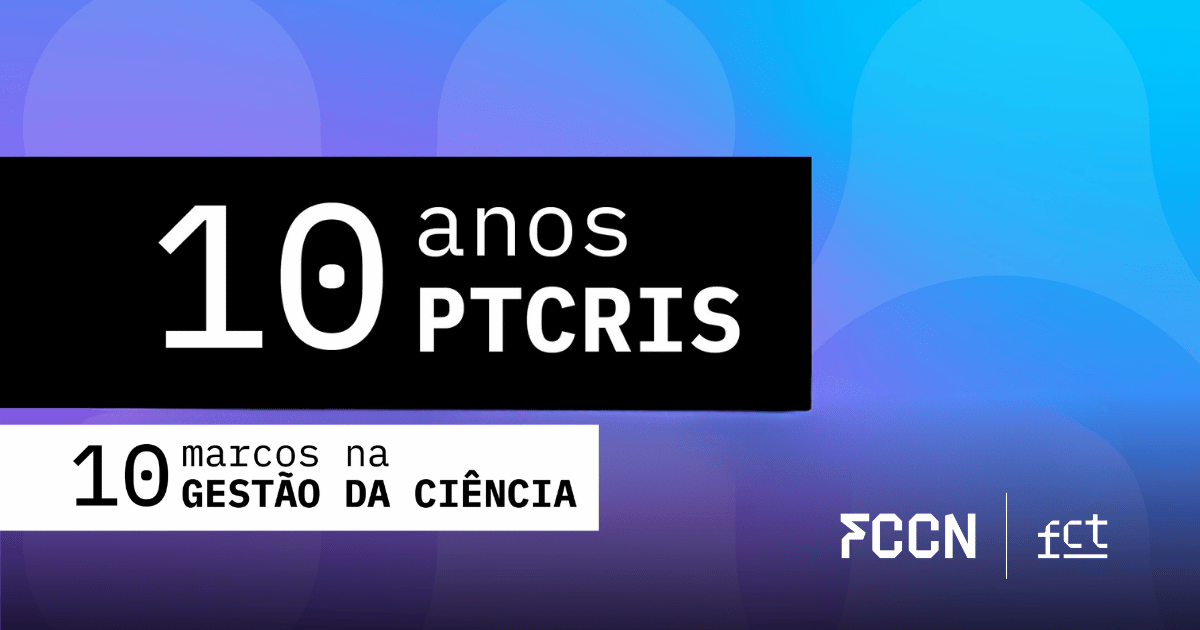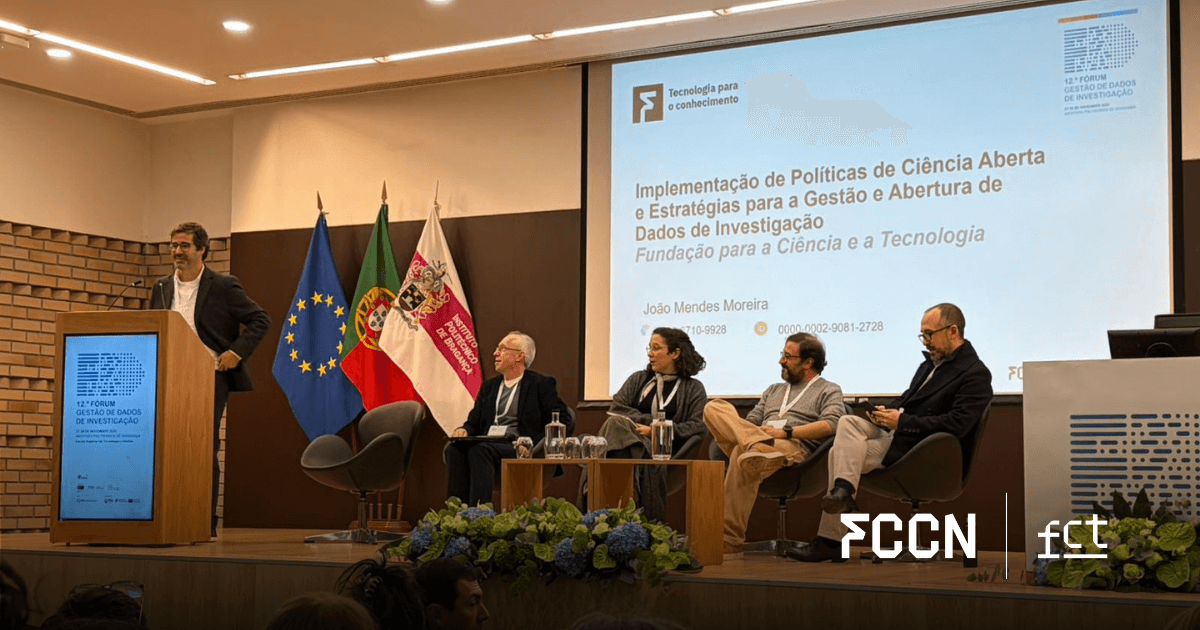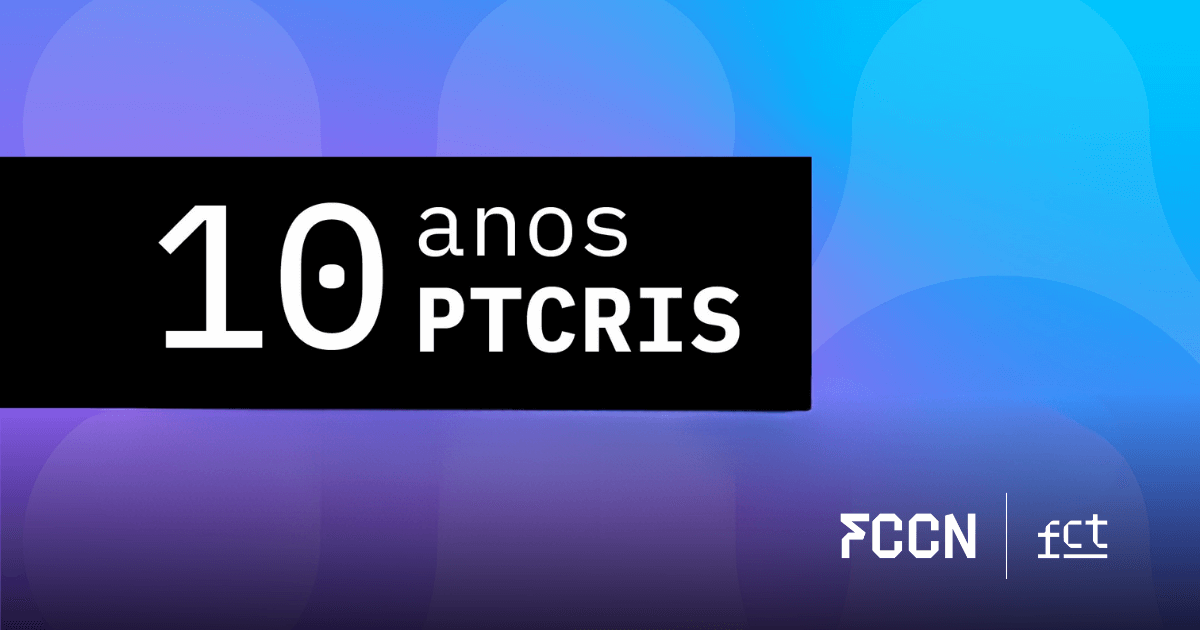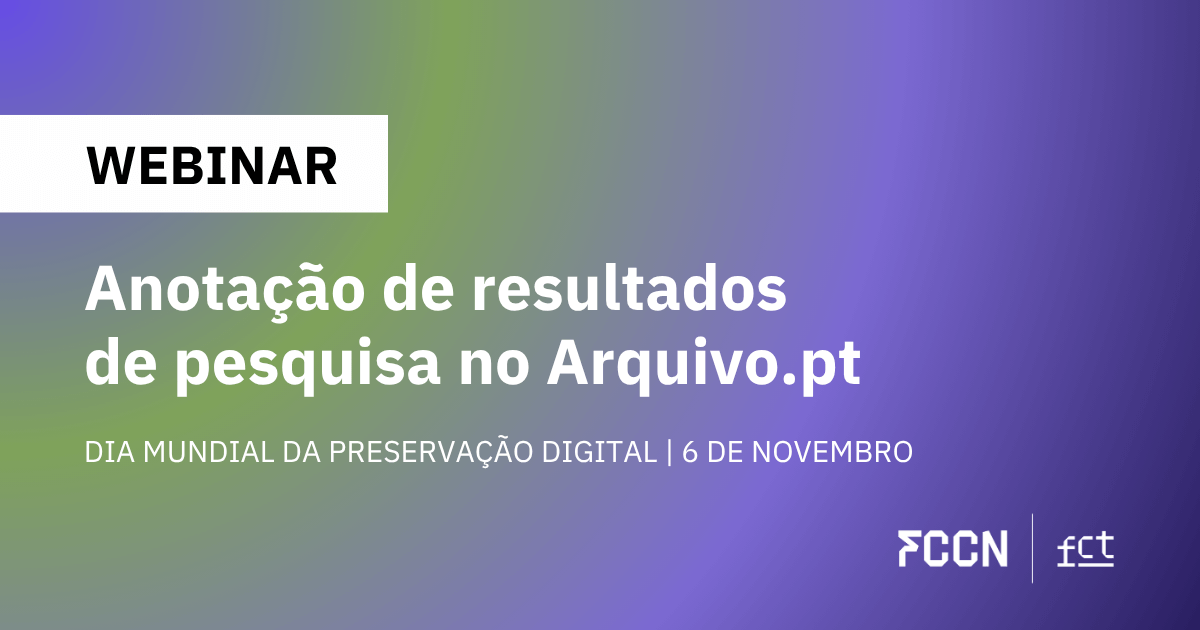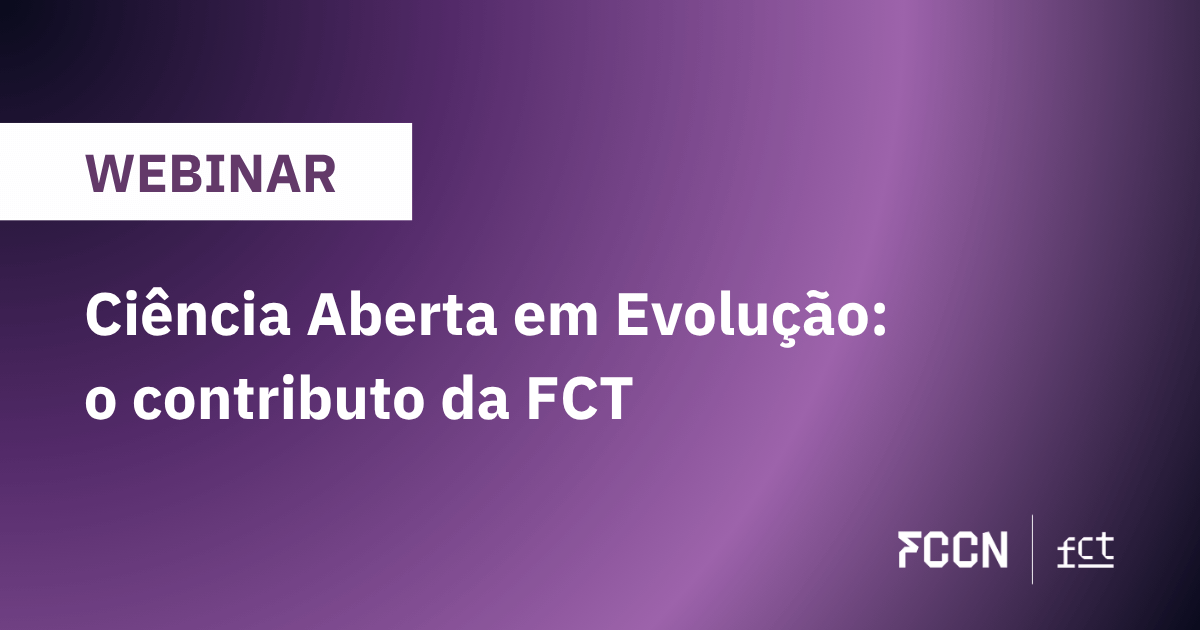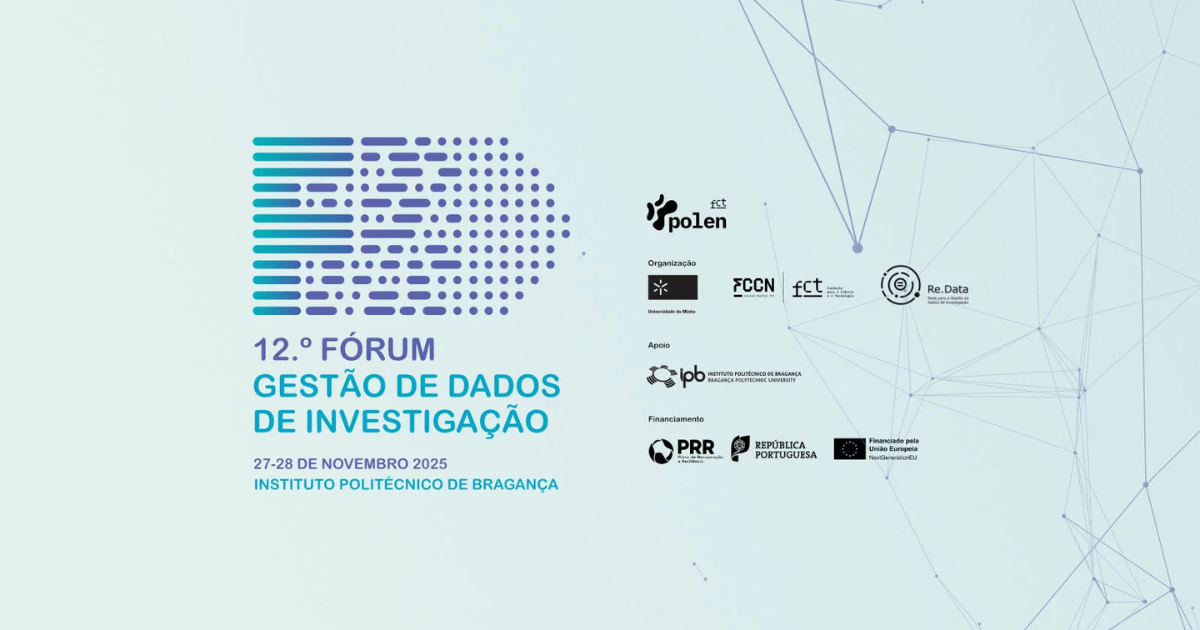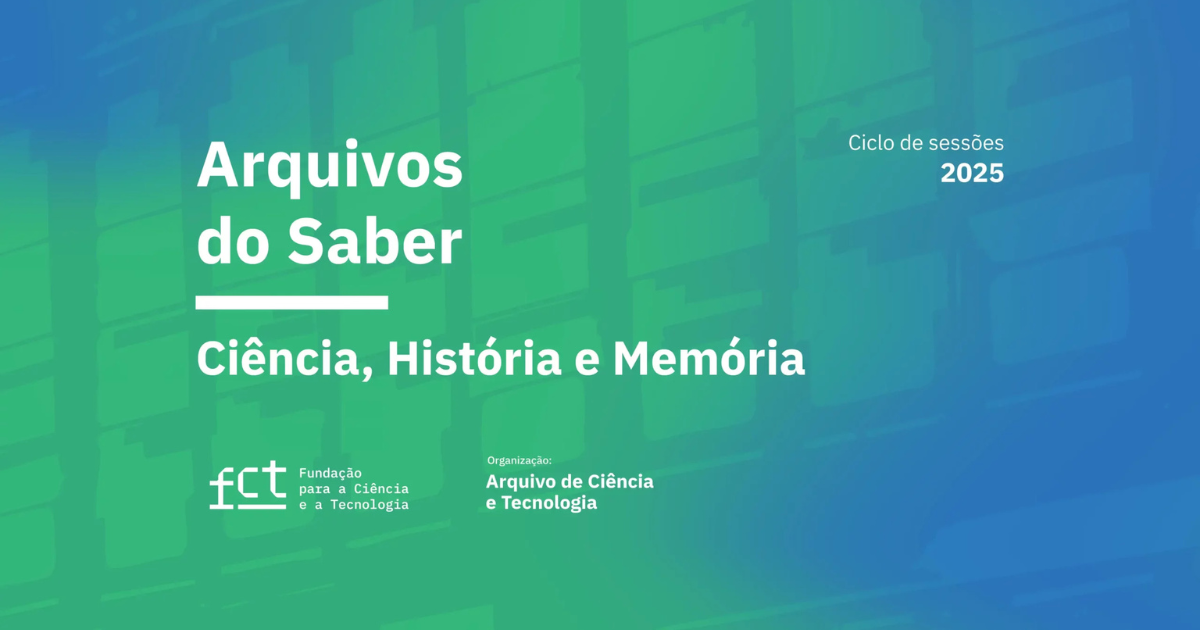The SciELO network has been supporting open-access scientific communication since 2000. Paulo Lopes, the manager of this activity, tells you all about the role and relevance of this service. Foundation for Science and Technology, managed through the FCCN unit.
What is the relevance of SciELO in the current scientific and academic paradigm?
THE SciELO (Scientific Electronic Library Online) plays a key role in the development of scientific research. By improving and expanding the means, infrastructure, and capabilities for communicating and evaluating the results published by increasingly high-quality journals in Portugal, ScieELO enables these journals to be published in open access and progressively aligned with open science communication practices.
What are the main benefits that arise from this alignment?
Adopting and adhering to the same principles, objectives, technologies, and indexing methodology, common to all nodes in the network, brings several advantages. It contributes to the systematic and sustainable increase in visibility, accessibility, quality, credibility, as well as the national and international use and impact of quality journals that comprise each of the national nodes.
Is there a constant update of this feature?
The criteria for journals to remain in the SciELO collection are frequently updated. Therefore, indexed journals are required to continually improve, each fulfilling its mission and aligning with the international state of the art in editing, publishing, dissemination, interoperability, and scientific marketing.
How has SciELO evolved since its founding?
Conversations with the entities that manage the SciELO network began in 2000, with the launch of the SciELO Portugal node taking place in 2005, with an initial set of 7 journals.
The SciELO Portugal collection was certified in 2007 and, in 2018, work began between FCT and the DGGEC, with a view to transitioning the collection's management to the FCT. This process concluded in March 2021, when the FCT took over full management of the service.
What are the most important steps taken on this path?
This process involved the creation of a new SciELO Portugal Advisory Committee, which, generally, selects the scientific journals that wish to join the platform, by reviewing the criteria that regulate the admission and permanence of journals in the collection.
Are there recent figures that illustrate its size and growth?
The number of journals in the collection has been growing over time, although since 2021, given more demanding criteria and the need to change article tagging technology, there has been a slight decrease in active journals.
Currently, the collection consists of 59 active journals and 30 inactive ones. By comparison, in 2013, there were 43 indexed journals. The current collection has approximately 29,000 documents and over 574,000 cited references.

